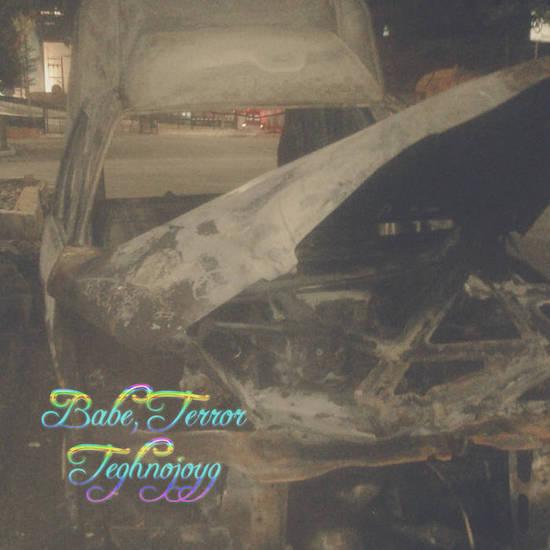Literary associations are inevitable. In her 2013 novel A Tale for the Time Being, Ruth Ozeki blends two narratives. An author in British Columbia, ostensibly the writer herself, finds the diary of a schoolgirl from Japan. Both tell the stories, put in the context of socio-political events of that time, of 9/11 and the 2011 Tōhoku tsunami.
Teghnojoyg, the new album by Brazilian electronic producer Claudio Katz Szynkier, unveils multiple histories in a similarly metafictional manner. What begins as an avant-garde jazz piece, opening ‘Congosymphag’ transforms into kosmische musik, with a leading instrument sounding very similar to the sci-fi synthesisers on Sven Grünberg’s album Hingus. Finally, house music from the past enters the prog realm emanating the dark sonic halo of Angelo Badalamenti’s contribution to the Mulholland Drive OST. The haunted sound might remind you of clashing broadcasting waves. Still, the eclectic nature of the music results from the absorption and synthesis of real experiences, both individual and collective. The layer of blurry party sound is a reference to real semi-public gatherings – amateur DJ sets in residential blocks that used to be an inherent sociocultural element of suburban São Paulo. In the liner notes to the album, Szynkier emphasizes storytelling as a definitive approach. “I make music for the lost stories of my place, in a way. I make the music of muffling happenings and rediscoveries”.
Ultimately, the six track album manifests deconstruction, relying on discrete and incongruous musical components which do not necessarily aim at pleasing one’s ear. On the contrary, they deliberately impose an uncomfortable and even irritating sensation similar to that evoked by the metaphorical white noise of infotainment.
Needless to say, Teghnojoyg is very far from easy listening. Ambivalent as it is, the album can be treated as a soundtrack to the current state of world affairs, a sound installation, oblique social commentary and contemplation over personal issues. Indeed, the imaginative use of various building blocks, such as a melody, riffs, and samples, is part of a hauntological statement expressing, among other things, grief, caused by the pandemic and deteriorating health of a close relative. The artist eloquently describes the connection between an individual Alzheimer’s case and distorted collective memory.
The inventive approach of Szynkier earned him the respect of similar adventurous minds such as Four Tet and Ride. Even so, this self-released album is quirky enough not to become a commercial game-changer. The cryptic digital package including MP3 files, nearly ten-minutes each, and enigmatic videos instils the underground nature. Still, Teghnojoyg will be found, heard and noticed just like that diary from Ruth Ozeki’s book.


